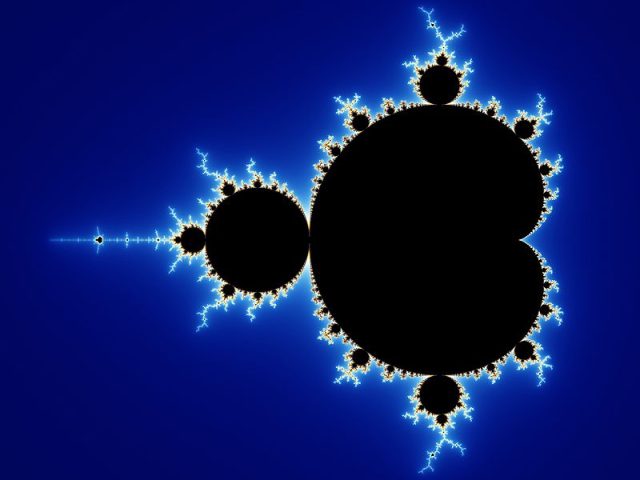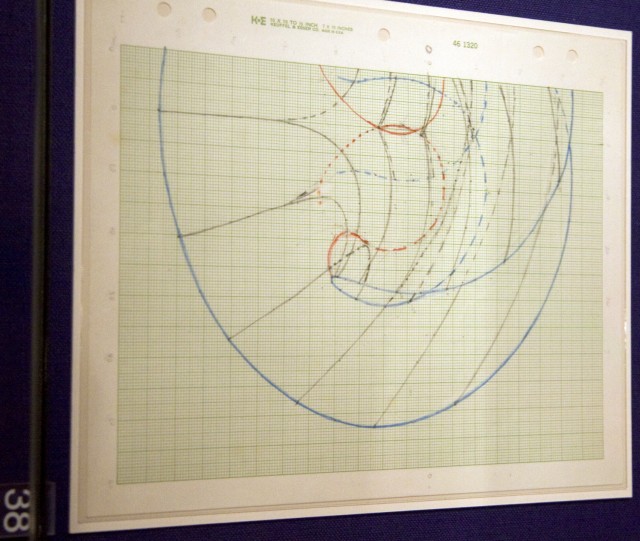Week 1: Two Cultures - Angela Zhang
As a Design Media Arts major with a minor in Mathematics at UCLA, my academic journey is uniquely positioned at the intersection of two seemingly distinct cultures: the expressive, fluid world of art and the precise, rule-bound realm of mathematics. This blend of disciplines not only shapes my educational experience but also deeply influences my personal and professional aspirations.
| Broad Art Center - UCLA Design Media Arts Department |
This week’s exploration into C.P. Snow’s concept of "The Two Cultures" has been particularly enlightening for me. Snow discusses the segregation between the humanities and the sciences, and how this division hinders societal and intellectual progress (Snow, 1959). My coursework and experiences at UCLA constantly challenge this divide, driving me to integrate creative design with mathematical logic in ways that are both innovative and practical. In my research, I discovered Benoit Mandelbrot, a visionary mathematician known for discovering the Mandelbrot Set, a mathematical construct illustrating intricate, self-repeating patterns that merge the realms of mathematics and visual art. His work on fractal geometry has profoundly influenced both fields, providing a rich visual language for artists and advancing mathematical understanding. Mandelbrot’s fractals reveal the stunning complexity of mathematical structures, showcasing their inherent beauty and inspiring artistic exploration.
 |
| Benoit Mandelbrot’s work generated from a mathematical formula |
Victoria Vesna’s "Third Culture: Being in Between" resonates with me as it speaks to the emergence of a new culture where art and science converge (Vesna, 2023). This third culture is where I see my future unfolding—where the analytical rigor of mathematics meets the expansive vision of media arts to create something truly groundbreaking.
In my daily life on campus, I see these two cultures merging. In design classes, mathematical concepts like geometry and proportion play crucial roles in creating aesthetically pleasing works. Conversely, in my math classes, I apply creative thinking to solve complex problems, often visualizing concepts to better understand them.
 |
| Mandelbrot mixed computer output and hand-written notes when trying to come to grips with the math. |
The readings from David Bohm on creativity and Stephen Wilson’s discussion on the myths surrounding art, science, and technology have expanded my understanding of how intertwined these fields really are (Bohm, 1996; Wilson, 2002). They have taught me that creativity is not exclusive to the arts; it is equally essential in scientific inquiry and discovery.
These insights are invaluable as they empower me to approach both my studies and future career in a holistic manner. Embracing both the precision of mathematics and the creativity of design allows me to bring innovative perspectives to both fields, whether it’s in developing new software, creating digital artworks, or engaging in cutting-edge research.
References
- Vesna, Victoria. "Toward a Third Culture: Being in Between." Leonardo, vol. 34, no. 2, 2001, pp. 121-125.
- Snow, C. P. The Two Cultures and the Scientific Revolution. Cambridge University Press, 1959.
- Bohm, D. "On Creativity." Leonardo, vol. 1, no. 2, Apr. 1968, pp. 137-149.
- Wilson, Stephen. "Myths and Confusions in Thinking About Art/Science/Technology." Paper presented at College Art Association Meetings, New York City, 2000. San Francisco State University, Conceptual Information Arts Program, http://userwww.sfsu.edu/~swilson/. Accessed 12 Apr. 2024.
- Brockman, John. "Interview on 'Third Culture'." Edge, Edge Foundation, 1995, https://www.edge.org/conversation/john_brockman-the-third-culture. Accessed 12 Apr. 2024.
Comments
Post a Comment